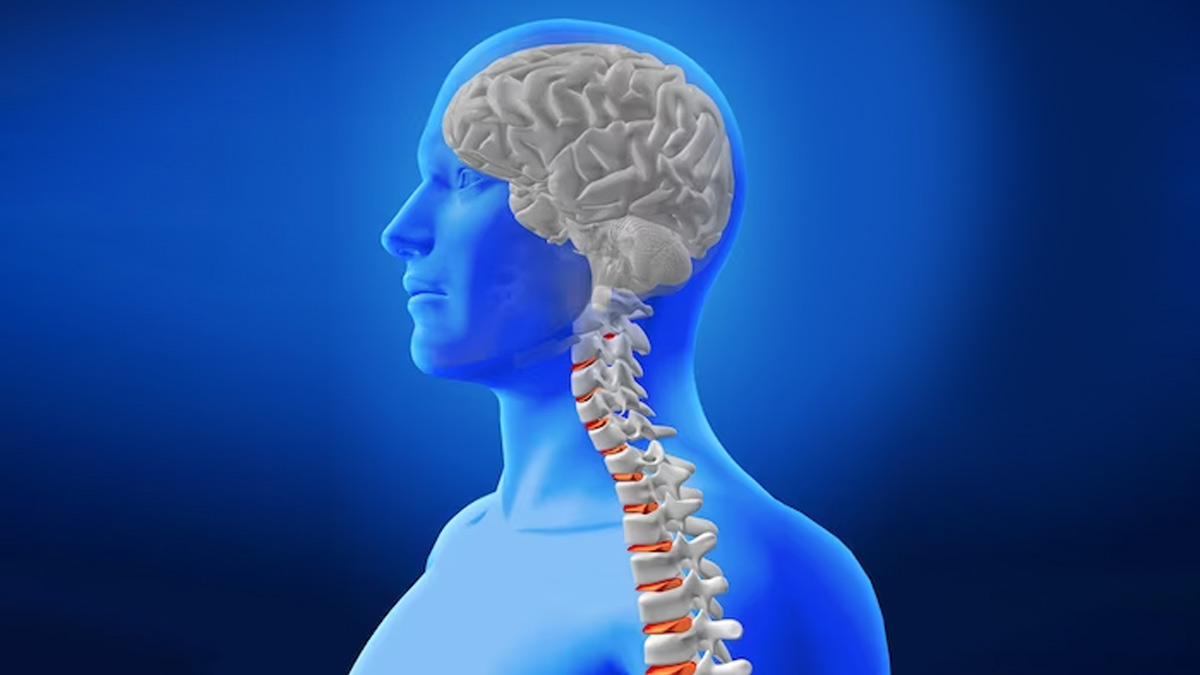
Spinal muscular atrophy (SMA) is a genetic disorder that affects and deteriorates the motor neurons within the spinal cord. This condition is triggered by genetic mutations in the SMN1 (survival motor neuron 1) gene along with Copy numbers of SMN2 gene, resulting in reduced levels of the crucial survival motor neuron (SMN) protein which is necessary for motor neuron functioning. The consequence is the gradual weakening and atrophy of muscles in affected patients, leading to challenges in motor skills, including difficulties in movement, swallowing, and breathing.
Table of Content:-
According to a journal, it is important to note that in India, SMA impacts approximately 1 in 10,000 live-born babies. The carrier frequency in India is that of 1 in 38 individuals, surpassing the carrier frequency of SMA in the West, which stands at 1 in 50.
Symptoms and Challenges of SMA
“Those living with SMA experience the loss of motor neurons placed in the spinal cord, which weakens their skeletal muscles, especially in areas such as the chest, arms, and upper legs. This impacts their ability to crawl, walk, sit, and control their head movements. Symptoms of SMA include weakness in arms and legs, issues with movement (sitting, crawling, or walking), muscle tremors, bone and joint-related problems, respiratory difficulties, and issues with swallowing,” said Dr Kuldeep Singh, Dean Academics , Professor & Head Pediatrics, All India Institute of Medical Sciences, Jodhpur.
“However, these symptoms are not exclusive to SMA, as they can vary and sometimes resemble those of neuromuscular conditions, like Duchenne muscular dystrophy. In severe cases, symptoms like limited mobility, difficulty breathing, feeding, or swallowing begin exhibiting at birth or within the first six months. However, the later the symptoms appear, the less severe the condition is. Depending on the severity of the condition, some patients can sit, but not walk, some can walk but with difficulty and only some face mild motor impairment,” he added.

Also read: World Spine Day 2023: Date, Theme, Significance and Importance
Management of SMA
According to Dr Singh, the diagnosis of SMA can be suspected by Pediatrician and Neurologist but confirmed through genetic testing for the SMN1 and SMN2 gene. It must be noted that once SMA is diagnosed, its manifestations can be managed while the condition progresses. This is made possible through various strategies designed to address symptom control, slow down the disorder's advancement, and enhance the well-being of individuals afflicted by it. Managing SMA requires a multidisciplinary and comprehensive approach that involves care from specialists across different fields.
The collaboration of Neurologists, Pediatricians, Surgeons, Orthopedics, Gastroenterologists, Orthotics, Endocrinologists, and Geneticists is essential in the management of SMA. While some patients may find it difficult to swallow, their nutritional and diet-related needs can be looked after through the consultation of Nutritionists.

Physiotherapists can help patients with mobility issues through aids like walkers, wheelchairs, braces, etc. Physical and Occupational Therapy also assists in slowing the progression of atrophy and maintaining flexibility in the patients. Individuals with SMA may encounter challenges in breathing, but by having skilled Pulmonologists on their team, they can receive valuable support in managing respiratory distress.
SMA patients can receive valuable support and guidance from counsellors who specialise in chronic illnesses. Caregivers, too, can connect with patient advocacy groups and support groups, where they receive assistance in advocating for patients' rights and spreading awareness.
Also read: Going For A Spine Surgery? Here Is What You Should Know Beforehand
Treatment of this condition is prohibitively costly but the scientific community is trying to find ways to manage them with support from various agencies. Prevention through screening and antenatal diagnosis is currently the best option but needs awareness and proactive approach.
Also watch this video
How we keep this article up to date:
We work with experts and keep a close eye on the latest in health and wellness. Whenever there is a new research or helpful information, we update our articles with accurate and useful advice.
Current Version